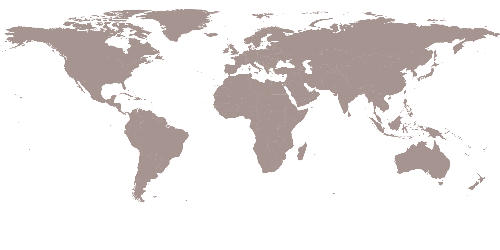Revitalising Seville’s Heart with Iconic Urban Design
Metropol Parasol is a bold new landmark for Seville, redefining the Plaza de la Encarnación as a contemporary urban hub. Set within the medieval core of the city, it creates a vibrant space for memory, leisure, and commerce, supported by a highly developed infrastructure that draws both tourists and locals.
The design features dramatic mushroom-like timber structures that rise from an archaeological site, hosting a farmers’ market, museum, elevated plaza, restaurants, and a panoramic terrace. The parasols forge a strong connection between Seville’s historic layers and its modern aspirations, sparking cultural and commercial renewal in the heart of the city.
At the forefront of sustainable construction, Metropol Parasol combines architectural innovation, efficient building techniques, and environmental responsibility. Its integration of advanced logistics with traditional craftsmanship positions the Plaza de la Encarnación as a dynamic centre of urban life—revitalising neighbouring areas and reinforcing Seville’s global reputation as a city that honours its past while shaping the urban spaces of the future.
Team J Mayer H
Jürgen Mayer H
Paul Anguiliers, Marcus Blum, Sebastian Flinckh, Wilko Hoffmann, Klaus Küppers, Julia Neitzel, Andre Santer, Hans Schneider, Ingmar Schmidt, George Schmidthals, Dominik Schwarzer, Jan Stockebrand, Marta Ramírez Iglesias, Daria Trovato
Technical Consultants
Arup Madrid/Berlin, Coqui Malachowska-Coqui with Th. Waldau
With a high degree of competence, the project demonstrates an innovative layering of varied cultural and commercial programs that serves to revitalize a historical town square. Directly confronting the loss of public space, the work convincingly integrates urban, architectural, and landscape design to create a sustainable response to the contemporary challenges facing the region. The work also manifests an ethically conscious position in that it promotes a reinforced sense of communal identity for a diverse range of social groups, providing them an original perspective on the city and offering a place for dialogue and exchange.
The project presents a credible economic catalyst for the local market that is simultaneously ecologically sensitive to the context. Skillfully handled is the creation of a microclimate that adaptively reacts to the intense climatic conditions of the region. The hybrid combination of commerce and tourism presents a convincing and feasible model for cross-financing the required investments to implement such a project. This project deserves special merit for achieving the highest of architectural standards and creating a work that promises to have beneficial and long-term impact on reactivating collective recognition of the city and its culture.













